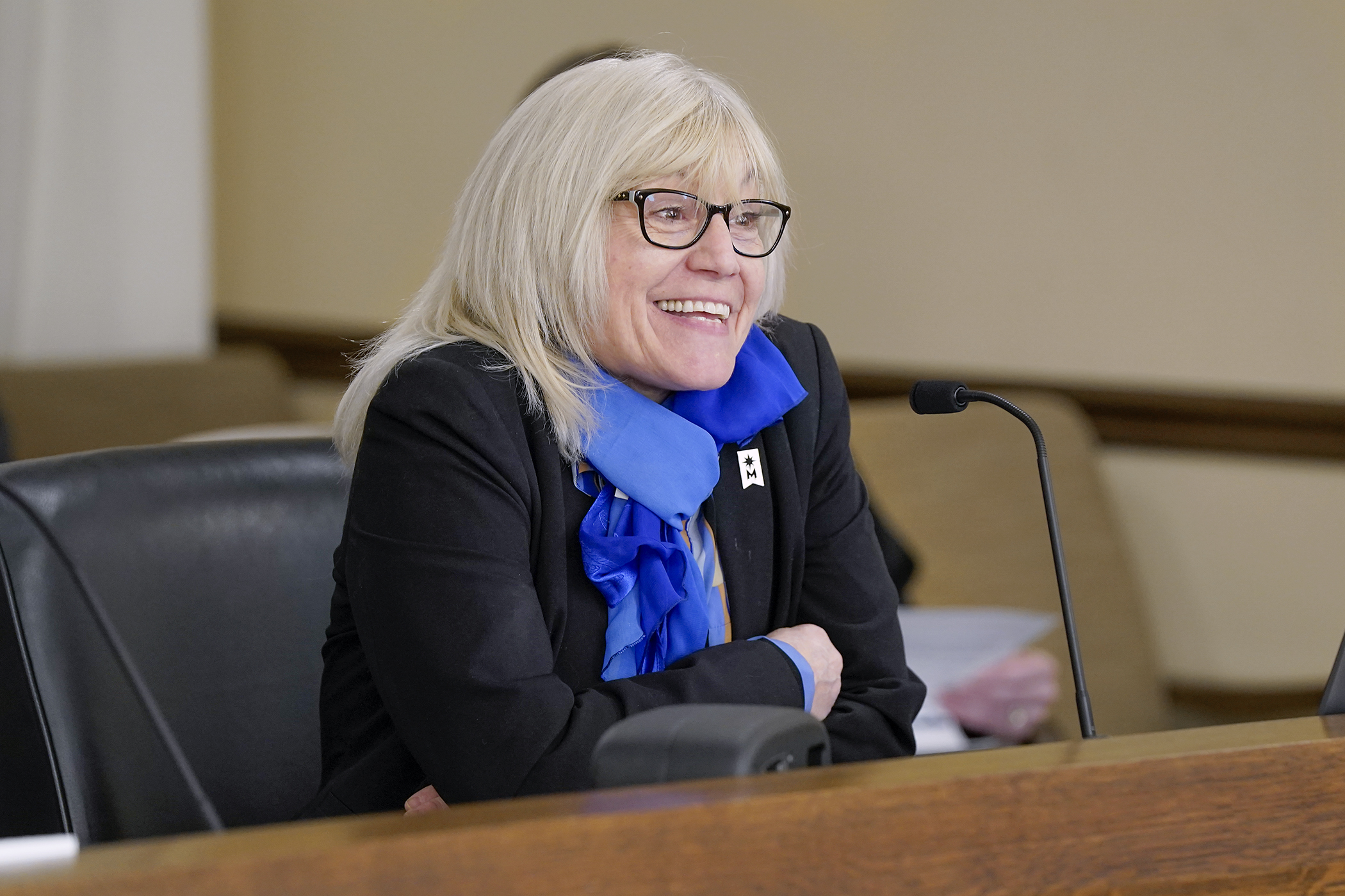Minnesota State seeking $465 million more from lawmakers in next budget

Minnesota State officials are requesting $465 million in new funding for the next biennium to support its 54 campuses around the state.
“Minnesota State is the economic imperative for the state of Minnesota,” said George Soule, chair of the Board of Trustees. “We’ve heard a clear message from employer and community leaders across the state that they need more graduates with the skill set to move our economy forward. We understand the importance of this work and the board, chancellor and campus leaders are focused on this work.”
But leaders told the House Higher Education Finance and Policy Committee Tuesday, the system needs help to meet the demand. No action was taken.
Minnesota State officials’ biggest request is for $285 million for “student affordability and system operations.”
That money would be used to maintain academic programs and keep tuition affordable by providing stable state funding to campuses to allow for an overall 5% increase in costs each year, moving the system closer to the statutory goal of 67% of funding coming from the state and 33% of funding coming from students through tuition, and providing tuition flexibility.
Bill Maki, vice chancellor of finance and facilities for Minnesota State, said past additional state funding has worked for both the system and its students because it paid for compensation increases and covered inflation while at the same time students did not foot the bill.
Another $100 million would be one-time funding to address the most urgent needs in critical infrastructure of the organization:
- $50 million for roofs, HVAC and other health, life and safety systems that protect students;
- $25 million for building demolition and site repurposing for which state bond proceeds cannot be used; and
- $25 million to develop the Workday student planning system, which would manage student enrollment, finances, and work services while streamlining administrative processes systemwide.
Student support and workforce-focused support would receive $40 million each from the new pot of money.
The student support allocation would directly support students’ critical needs with $32.5 million to expand student support services, $5.5 million for student emergency grants and $2 million to continue current funding levels for the development of additional free course materials.
One of those programs is the Z-Degree program that works to reduce students’ out-of-pocket costs by offering free in-course offerings and materials such as textbooks.
“This is a student success initiative that benefits all students and those in greatest financial need,” said Kim Lynch, associate vice chancellor for educational development and technology. “It’s really pretty much being equally accessed by all our students but those in need financially are doing it just a little bit more.”
The workforce-focused support allocation would spend $13.5 million to upgrade college and university equipment and learning environment, $13.5 million to develop and expand industry sector programming, $8.5 million to support high cost and high demand programs, and $4.5 million to increase workforce development scholarships.
Related Articles
Search Session Daily
Advanced Search OptionsPriority Dailies
Speaker Emerita Melissa Hortman, husband killed in attack
By HPIS Staff House Speaker Emerita Melissa Hortman (DFL-Brooklyn Park) and her husband, Mark, were fatally shot in their home early Saturday morning.
Gov. Tim Walz announced the news dur...
House Speaker Emerita Melissa Hortman (DFL-Brooklyn Park) and her husband, Mark, were fatally shot in their home early Saturday morning.
Gov. Tim Walz announced the news dur...
Lawmakers deliver budget bills to governor's desk in one-day special session
By Mike Cook About that talk of needing all 21 hours left in a legislative day to complete a special session?
House members were more than up to the challenge Monday. Beginning at 10 a.m...
About that talk of needing all 21 hours left in a legislative day to complete a special session?
House members were more than up to the challenge Monday. Beginning at 10 a.m...